Price Water House Cooper recently released their PwC 2024 Global Digital Trust Insights survey of business leaders and C-Suite Executives, which illustrates considerable room for improvement in cybersecurity.
The survey shows cloud security as a pressing concern for organizations today that many have struggled to fully address. Attacks via the cloud are perceived as a top cyber threat vector, but current practices often have blindspots around core cloud risks. As cloud adoption accelerates, organizations are beginning to recognize they must devote more focus and resources to securing cloud environments.
Key Findings from the PwC Report
- Cloud attacks are the top cybersecurity concern, with 47% of respondents citing it as their top threat.
- 42% of companies use multiple clouds, and hybrid cloud users are most worried about cloud security threats.
- Over 40% have no plans to address security risks related to cloud service provider concentration or third-party providers.
MixMode’s State of Cloud Security Report 2023
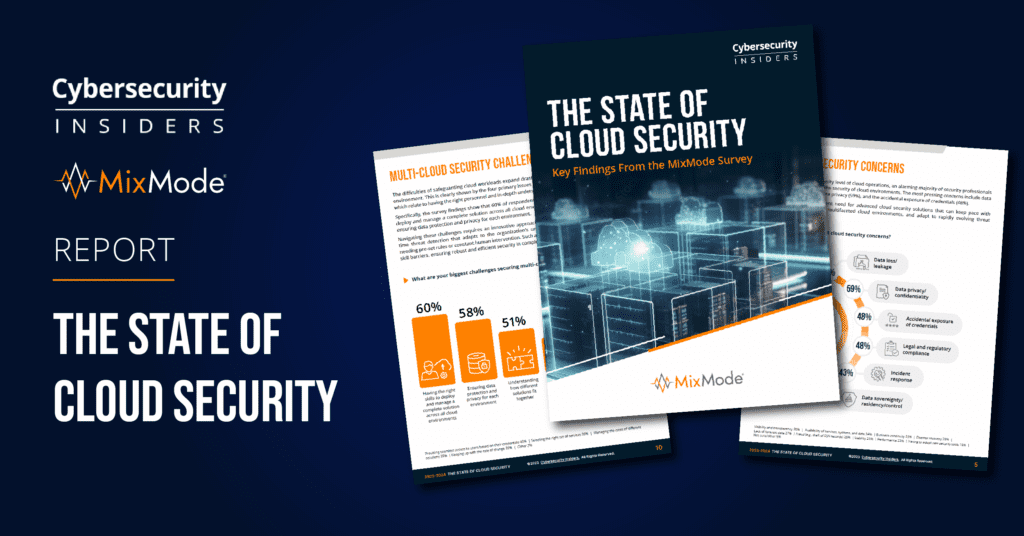
PwC’s survey findings are similar to what we found in our State of Cloud Security Report, released September 2023. The report reveals significant cloud security concerns, gaps in capabilities and skills, over-reliance on legacy tools, and a need for real-time and unified solutions to provide robust protection across complex multi-cloud environments.
Key findings from MixMode’s State of Cloud Security Report
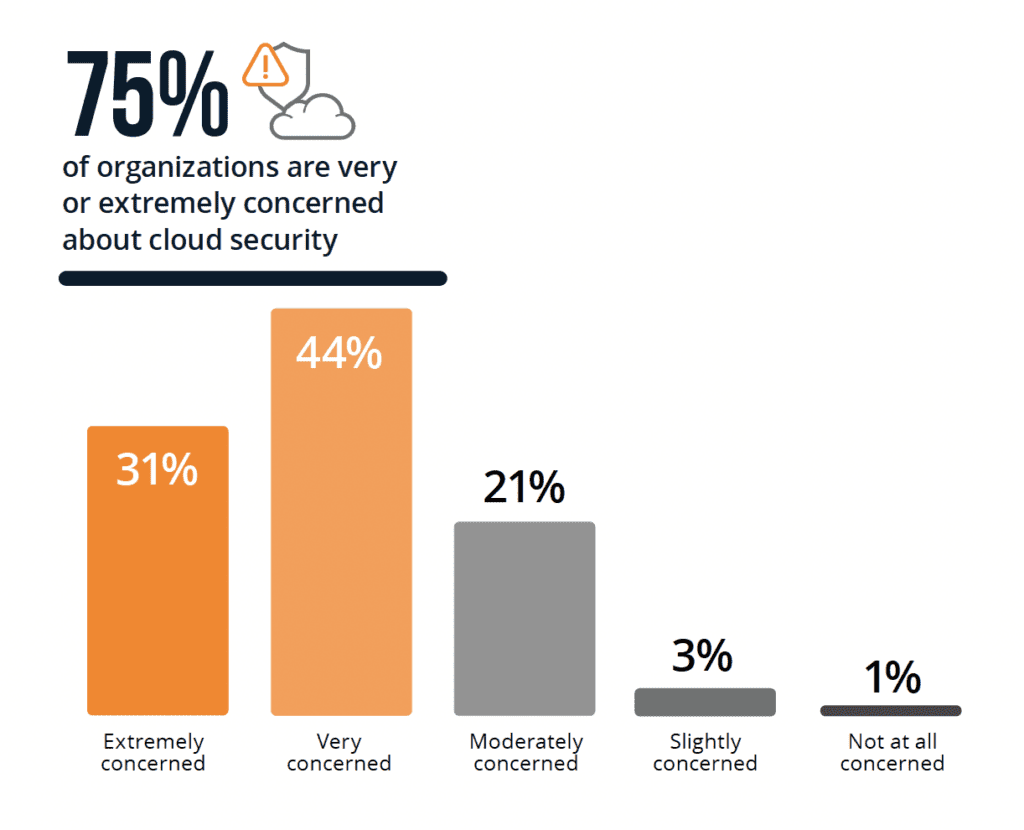
- Cloud security remains a primary concern for security teams, with 75% of respondents extremely or very concerned. Top worries include data loss/leakage, data privacy, and accidental credential exposure.
- Confidence in cloud security posture is low, with 62% only moderately confident at best in their organization’s abilities.
- Multi-cloud complexity is a top challenge, especially having the right skills and ensuring consistent data protection across environments.
Addressing These Challenges is Critical
The cloud has revolutionized how organizations operate, offering scalability, flexibility, and cost-efficiency. However, as more businesses migrate to the cloud, ensuring a secure environment has become paramount. Organizations struggle to address cloud security and the unique challenges posed by cloud environments, often finding that legacy threat detection solutions fall short.
Key Pain Points of Cloud Security
- Lack of Visibility: Organizations often grapple to gain comprehensive visibility into their cloud environments due to the dynamic nature of cloud infrastructure. Traditional security tools designed for on-premises environments cannot handle the scale and complexity of the cloud, leading to blind spots and potential security breaches.
- Complexity of Cloud Infrastructure: Cloud environments have multiple infrastructure layers, services, and applications. This complexity makes it challenging for organizations to monitor and secure their cloud assets effectively. Traditional security solutions cannot keep up with the dynamic nature of cloud infrastructure, resulting in delayed threat detection and response capabilities.
- Shared Responsibility Model: Cloud service providers operate under a shared responsibility model, where they are responsible for securing the underlying infrastructure. At the same time, organizations are responsible for securing their applications and data. This division of responsibility often leads to confusion and gaps in security as organizations struggle to understand their role and implement the necessary security measures.
Critical Challenges of Cloud Security
- Data Protection: Protecting sensitive data in the cloud is a top priority for organizations. However, traditional threat detection solutions often fail to provide adequate data protection mechanisms, leaving organizations vulnerable to data breaches and compliance violations.
- Threat Detection and Response: Cloud environments are prime targets for cybercriminals, who exploit vulnerabilities to gain unauthorized access or launch cloud attacks. Traditional threat detection solutions rely on signature-based approaches, which are ineffective against sophisticated and evolving threats. Organizations need real-time threat detection and response capabilities to mitigate risks effectively.
- Compliance and Regulatory Requirements: Organizations operating in regulated industries face stringent compliance requirements. Meeting these requirements in the cloud can be challenging, as traditional security solutions lack visibility and control to ensure compliance. Failure to comply with regulations can result in severe penalties and reputational damage.
Why Legacy Threat Detection Solutions Fall Short
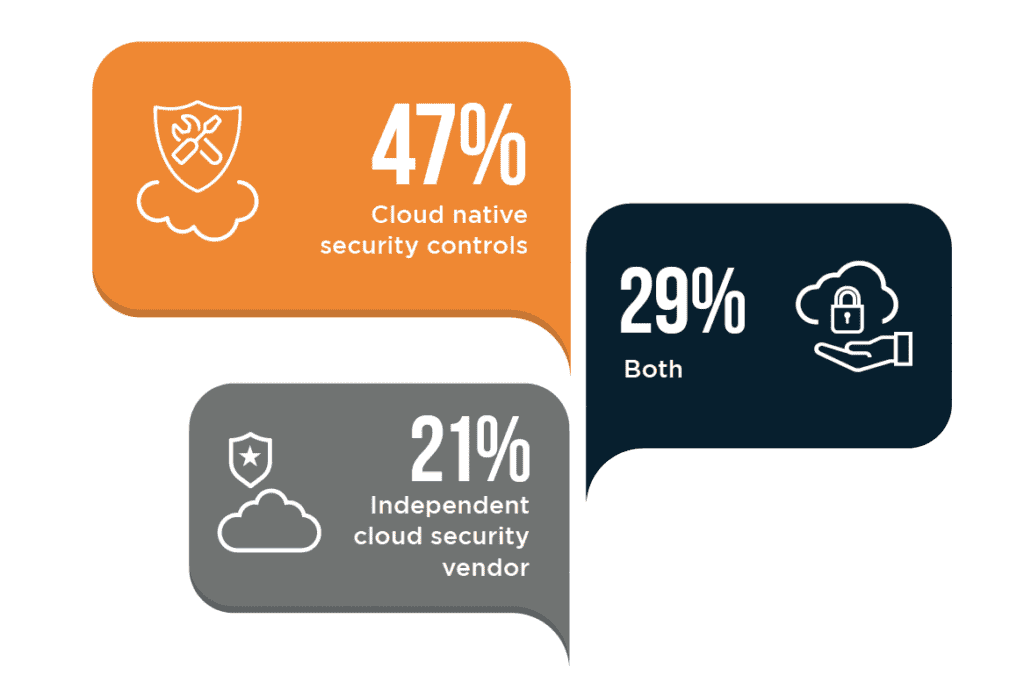
Most organizations (47%) prefer native cloud security controls, but 70% still rely heavily on legacy solutions like SIEM that don’t fully meet cloud security needs.
74% say their legacy tools have limited functionality or don’t work in the cloud.
Most legacy threat detection solutions were designed for on-prem environments and are not well-suited for cloud security due to:
- Inability to Scale: Traditional solutions struggle to scale and adapt to the dynamic nature of cloud environments. As organizations scale their cloud infrastructure, legacy solutions become overwhelmed, leading to performance degradation and increased false positives.
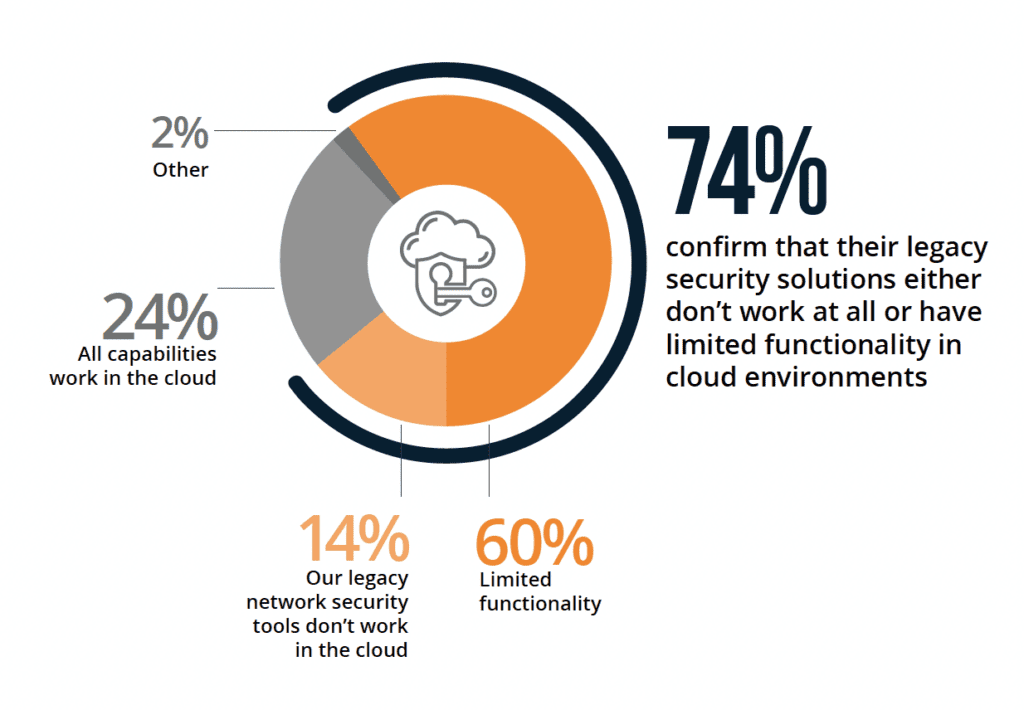
- Lack of Contextual Awareness: Cloud-native threats require a contextual understanding of the cloud environment to detect and respond to incidents effectively. Legacy solutions lack this contextual awareness, resulting in false positives and missed alerts.
- Manual Configuration and Maintenance: Traditional solutions often require manual configuration and maintenance, which is time-consuming and error-prone. In the fast-paced cloud environment, organizations need automated and self-learning solutions that adapt to changing threats and environments.
The Power of Cloud-Native AI-Driven Solutions
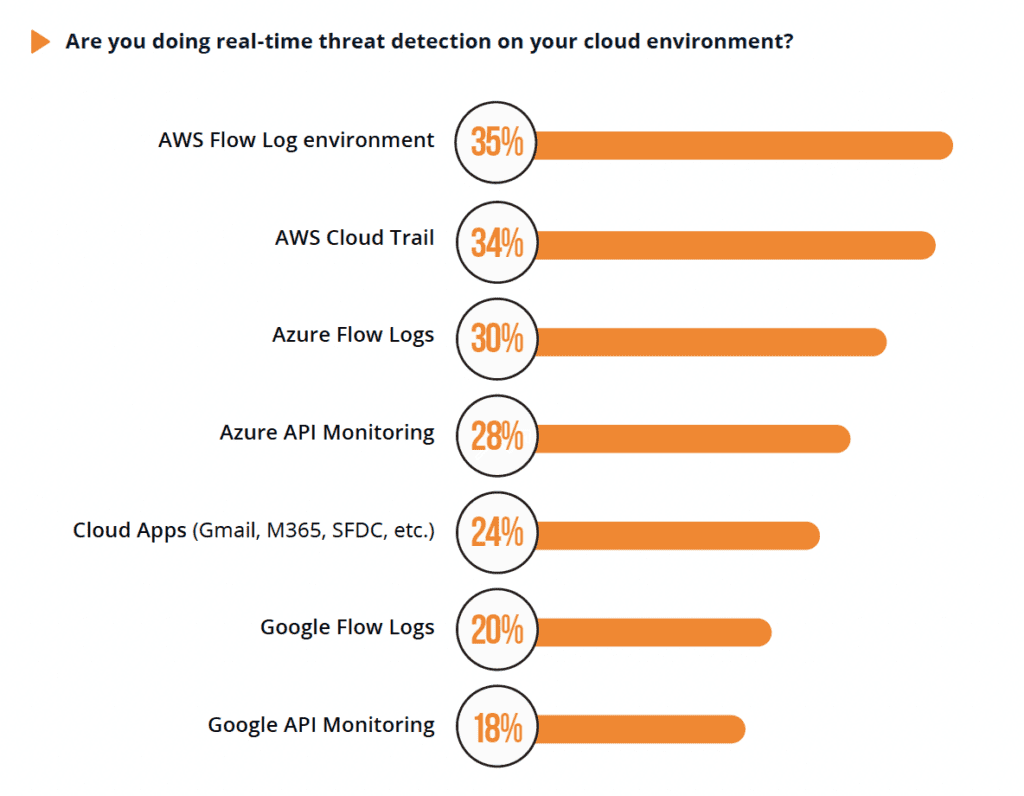
Real-time threat detection is still limited, with 65% not utilizing it across cloud infrastructure.
Cloud-native AI-driven solutions, such as MixMode, offer a transformative approach to cloud security.
- Real-Time Threat Detection: The MixMode Platform leverages AI to analyze vast amounts of data in real-time, enabling organizations to detect and respond to threats quickly. By continuously learning from cloud, network, and hybrid environments, The MixMode Platform can identify abnormal behavior and potential threats, reducing false positives and increasing response times.
- Contextual Awareness: MixMode’s AI utilizes self-supervised learning to understand expected behavior between different cloud assets, services, and applications, enabling it to detect and respond to threats more accurately. This contextual awareness ensures that organizations can identify and prioritize critical threats effectively.
- Scalability and Flexibility: The MixMode Platform’s cloud-native design allows it to scale effortlessly with the organization’s cloud infrastructure. The Platform can handle large volumes of data and adapt to changing environments without compromising performance. This scalability ensures organizations maintain complete visibility as they grow and expand their cloud footprint.
- Accelerated Triage and Self-Supervised Learning: The MixMode Platform prioritizes alerts, filtering out the noise and minimizing false positives. MixMode’s AI self-supervised learning capabilities enable it to adapt to new threats and environments, ensuring organizations stay ahead of emerging risks. This automation and self-learning approach saves time and resources while improving overall security posture.
As organizations increasingly embrace cloud solutions, ensuring robust security becomes a critical imperative. Legacy threat detection solutions cannot handle the dynamic nature of the cloud, leaving organizations vulnerable to evolving threats.
The MixMode Platform is proven to scale to large data environments to help eliminate blind spots and enable our customers to monitor their entire cloud infrastructure to detect known and novel threats in real-time.
Reach out to learn more about how we can help protect your cloud environment.
Other MixMode Articles You Might Like
Under Siege: Ransomware and Your Business
Ethan Caldwell, Chief Development Officer of MixMode, Joins Forbes Technology Council
Proactive Defense: The Importance of Analyzing User Identity Data in a Zero Trust Framework


